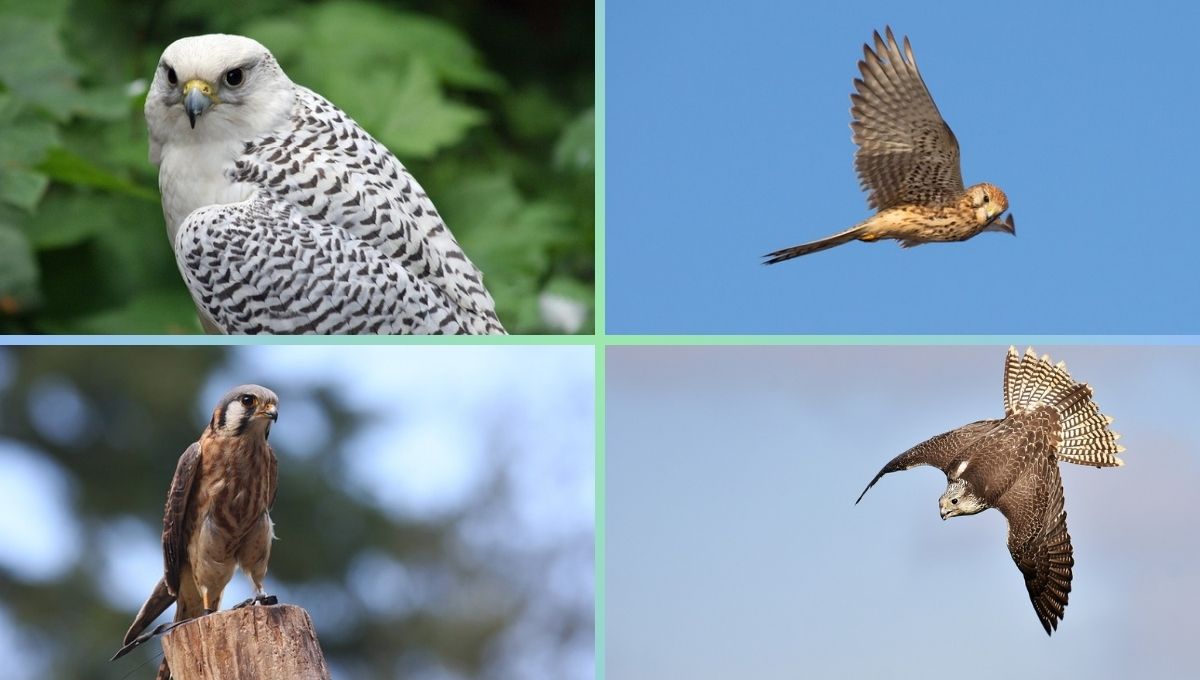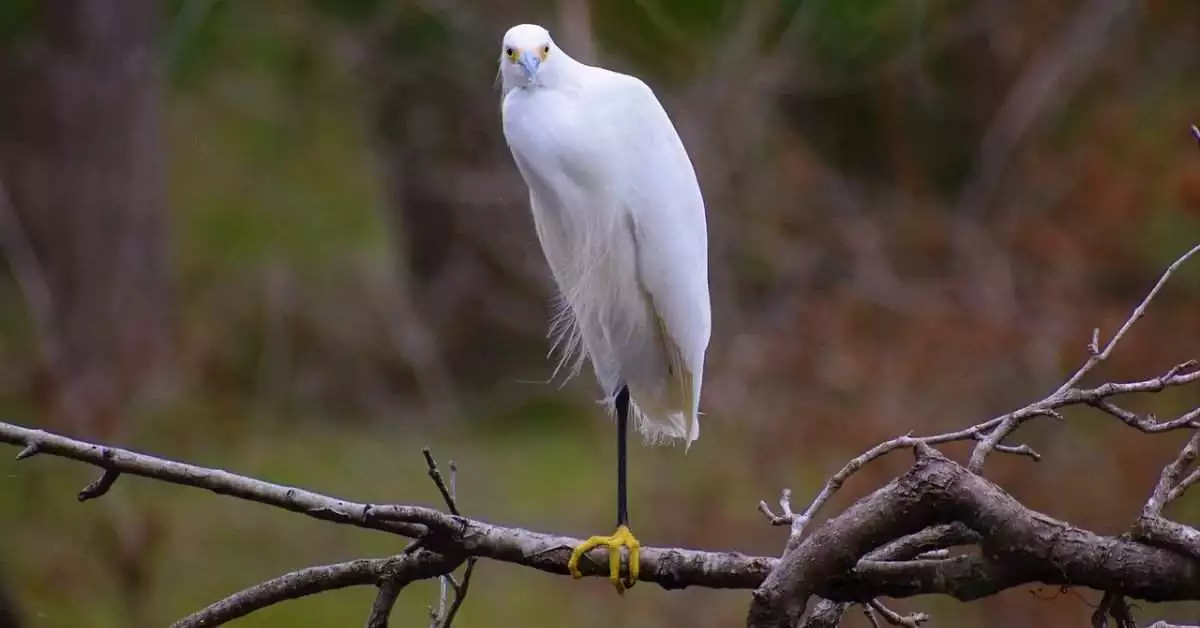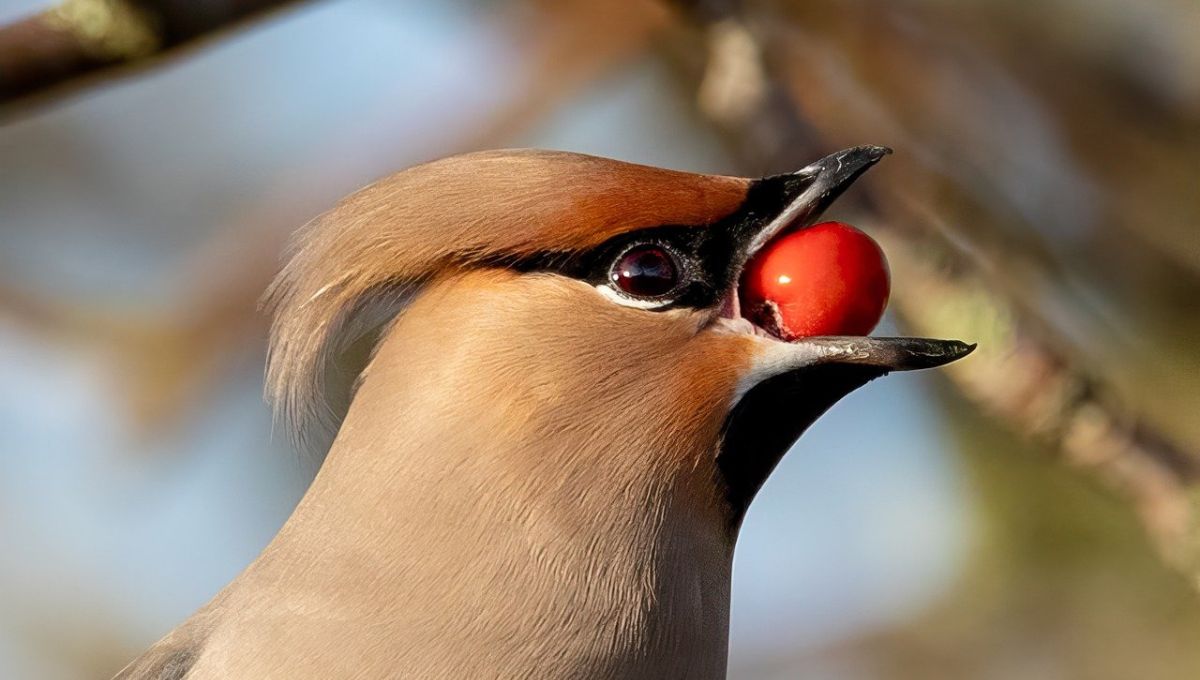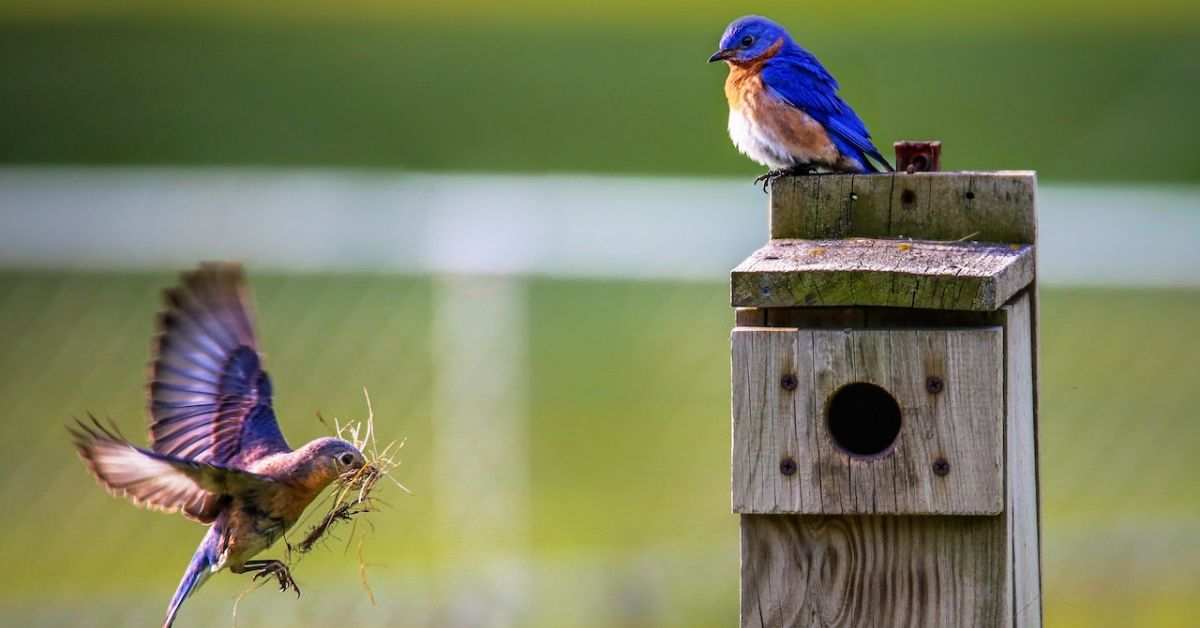Explore the fascinating world of extinct animals in India. Our top 10 list showcases unique animal species that no one can’t see in real life.
From the majestic Indian cheetah to the Himalayan quail, learn about these fascinating animals and the reason why they went extinct.
We discover that there are many animals that are extinct in India. But we pick only the top 10 animals that are extinct in India. Those extinct animals are
- Asian straight-tusked elephant
- Equus Namadicus
- Himalayan Quail
- Malabar Civet
- Asiatic Cheetah
- Spix’s Macaw
- Pink-headed Duck
- Indian Aurochs
- The Northern Sumatran Rhinoceros
- Sunderban Dwarf Rhinoceros
Below, know the details about those extinct animals with pictures.
1. Asian straight-tusked elephant:

This is an extinct species of prehistoric elephant. This species’ skull was different from that of a modern elephant. The oldest specimen of P. namadicus in India are over 700,000 years old.
There is thought that these Palaeoloxodon namadicus have become extinct during the Late Pleistocene.
As per the skull found in India, the Asian Straight-tusked elephant’s size was 165 (almost 5.5 ft) centimeters and its weight was more than 20 tonnes.
Related: Top 5 Recently Extinct Animals in India
2. Equus Namadicus:

Other extinct animals in India are Equus Namadicus. Equus Namadicus is a prehistoric equid (like a horse, or zebra). The last record about these animals was found almost 29-14,000 years ago.
This species is like a “stenonine horse”, meaning that it is more closely related to horses and zebras, but large in size.
3. Himalayan Quail:

In IUCN, these bird species are listed as Critically Endangered. But this species is an extinct animal in India because they have not been seen in over more than 100 years.
This species lived in the Himalayan mountains of India, that’s why this species was named “Himalayan quails”. So many experts said that they had red bills, red bills, and white spots near the eyes.
The last record of this bird was found in 1867 in Mussoorie. After that this species went extinct. According to the Jeevoka, it was mostly found in the Uttarakhand region.
4. Malabar Civet:

The Malabar Civet is now an extinct animals in India. These species have not been seen since 1990. There is confusion about whether these animals it was extinct or need more effort into looking for them. Malabar Civet weigh is around 7kg.
5. Asiatic Cheetah:
Asiatic Cheetah is the subspecies of Cheetah. The Asiatic Cheetah is a critically endangered Cheetah species in the world. But in 1947-1948 it became extinct in India. They were officially declared extinct in India in 1952.

The Asiatic Cheetah was smaller in size than the African Cheetah, weighing around 34 to 54 kg and measuring about 112 to 135 cm in length.
Asiatic Cheetah another name “Iran Cheetah”. This species of cheetah is only surviving in Iran. These cheetah species are protected in the eastern-central of Iran, where the Human population is very low.
According to Wikipedia, From December 2011 to November 2013, 84 Asiatic Cheetahs were found in camera traps. In December 2017, there were almost fewer than 50 cheetahs left.
In January 2022, 9 males and 3 females Asiatic Cheetahs left in Iran. The Asiatic Cheetah were mostly inhabited in the Kerman, Khorasan, Yazd, Tehran, and Markazi desert areas. Also found Kavir National Park, Touran National Park, and Naybandan Wildlife Reserve.
Related: How many Royal Bengal tigers are there in India?
6. Spix’s Macaw:

One of the most beautiful extinct animals in India Spix’s Macaw is now an extinct species of bird in India.
This bird is also known as “Little Blue Macaw” because of its brilliant blue color. Due to habitat destruction, trapping, and illegal trade, this species of bird went extinct in India.
7. Pink-headed Duck:

Pink-headed Duck was a unique species of duck that was found in India and Bangladesh. It was last seen in the 1940s and declared extinct in the 1970 century.
The male and female pink-headed ducks are 41-43 cm and have long necks and peaked heads.
The male has a pink head and neck while the female has a pale pinkish neck and head. The other part of the body is black and the front of the neck was a narrow strip.
This species of duck eat water plants and mollusks. This duck was found in India, Bangladesh, and Northern Myanmar, but is now extinct.
Related: Why do Animals Need a Home or Shelter?
8. Indian Aurochs:

The Indian Aurochs are an extinct auroch subspecies of domestic cattle. They were primarily found in the Indian subcontinent and many other parts of the world like Africa and South America.
According to the IUCN, the Indian aurochs became extinct before the 13th century AD. The most recent skeleton was found in Uttar Pradesh in 1800 BC.
Related: Top 15 Greatest Wildlife Threats in India
9. The Northern Sumatran Rhinoceros:
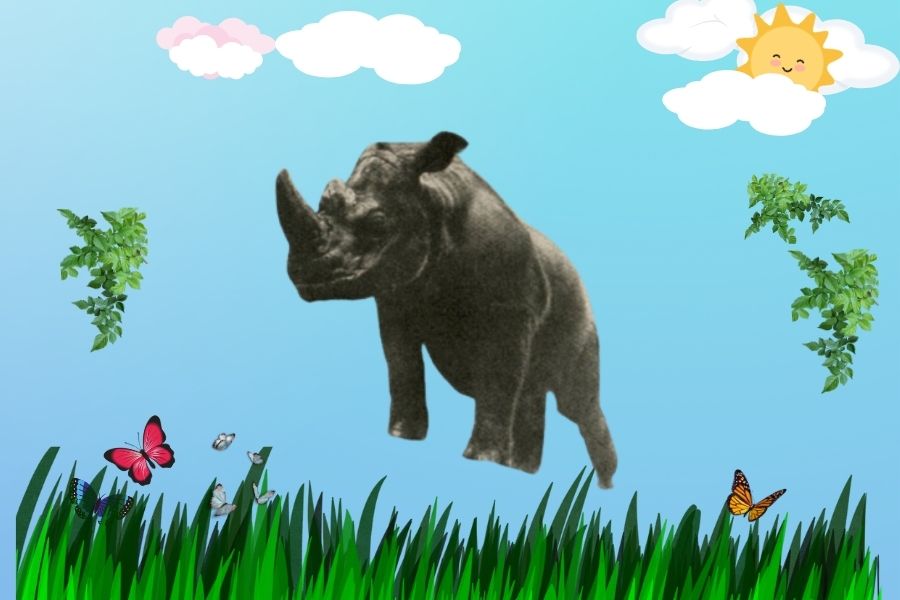
The Northern Sumatran Rhinoceros is also known as Chittagong Rhinoceros or Northern Hairy Rhinoceros. This species of rhinoceros were subspecies of the Sumatran Rhinoceros.
According to IUCN, it is considered “Critically Endangered” in 2008. As per the report concern this species of rhinoceros might still exist in the wild (Burma, Malaysian Peninsula).
The Northern Sumatran Rhinoceros has longer hair of the ears and long horns. It has less hair on the body.
This species of rhinoceros was found in eastern India, the Eastern Himalayas of Bhutan, Bangladesh, and Mongolia. The Northern Sumatran Rhinoceros was declared extinct in India in the 1920s.
10. Sunderban Dwarf Rhinoceros:
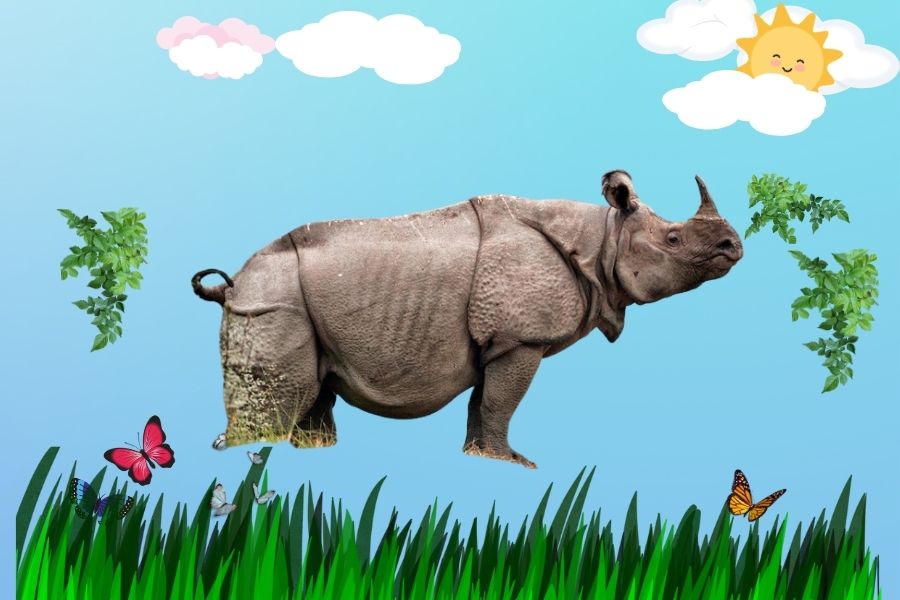
The Javan Rhinoceros other name is Javan rhino, Sunda rhinoceros and Lesser one-horned rhinoceros. This is the rare member of the Rhinoceros family (Rhinocerotidae) out of five members.
It has similar skin to other rhinoceros, 1.4-1.7 m in height. it has a shorter horn than other rhino species.
This species is critically endangered in the wild. There are only 50-68 Javan rhinos left in the wild.
Javan Rhinoceros weigh between 900 to 2,300 kg (2,000 to 5,100 lb).
FAQs:
Which animal is totally extinct in India?
There are so many animals that totally went extinct from India are – the Asian straight-tusked elephant
Equus Namadicus
Himalayan Quail
Malabar Civet
Asiatic Cheetah
Spix’s Macaw
Pink-headed Duck
Indian Aurochs
Which mammal of India is extinct?
Asiatic Cheetah and Indian Rhinoceros went extinct in India.
Is the Indian cheetah extinct?
The Asiatic Cheetah or Indian Cheetah is a critically endangered Cheetah species in the world. But in 1947-1948 it became extinct in India. They were officially declared extinct in India in 1952.
Is the pink-headed duck extinct in India?
Pink-headed Duck was a unique species of duck that was found in India and Bangladesh. It was last seen in the 1940s and declared extinct in the 1970 century.
Conclusion:
In conclusion, these 10 animals were once a vital part of India’s rich biodiversity. Their extinction serves as a reminder of the importance of conservation and the need to protect animal species.

